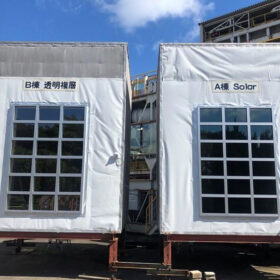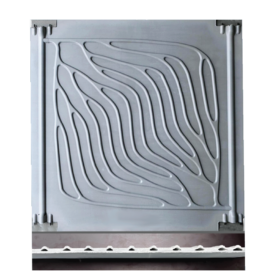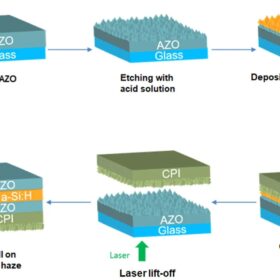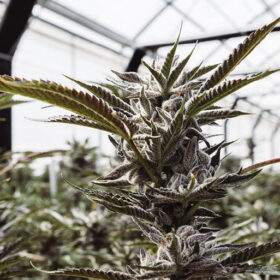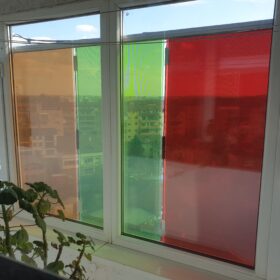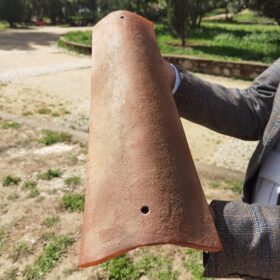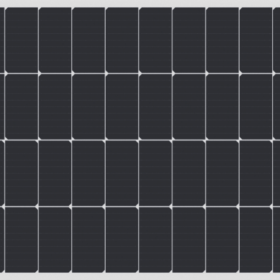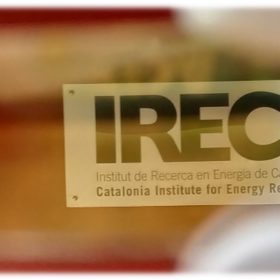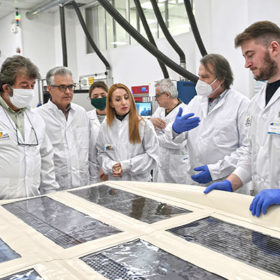Japanese consortium demonstrates transparent PV windows in indoor environment
Nippon Sheet Glass (NSG), Japan’s largest glassmaker, plans to show photovoltaic windows developed by its US unit, Ubiquitous Energy, at a train station in Japan. The windows feature a transparent photovoltaic coating with an invisible element of power generation, capable of absorbing non-visible wavelengths.
Fraunhofer ISE showcases solar thermal facades for heat pumps
Fraunhofer ISE has developed solar thermal facade panels that function as heat pump sources in buildings. The solution is made of ultra-high-performance concrete for aesthetic architectural facades.
Hydrogenated amorphous silicon solar cell for BIPV, bifacial applications
Scientists in South Korea have developed a flexible, transparent solar cell with an average visible transmittance (AVT) of 88.3%. They have also created an n-type rear window layer to optimize bifacial operation.
Weekend read: High time for solar
Cannabis prohibition drove a culture of clandestine production in the past and solar helped growers to cultivate it at remote, off-grid sites. Now, as a global commercial cannabis market emerges, solar has an even bigger role to play.
Cadmium telluride PV windows for domestic hot water production
Romania-based startup Photovoltaic Windows has developed an off-grid domestic hot water system powered by cadmium telluride (CdTe) photovoltaic semi-transparent glasses. It claims a 0.7 kW pilot installation on an apartment balcony in Bucharest resulted in annual savings of €1,100 ($1,202).
BIPV solutions for historical cities
A European Union-funded project is bringing building-integrated photovoltaics (BIPV) solutions to eight historical cities in Europe. pv magazine recently spoke with Júlia Pereira, project coordinator for EDP New, about the innovative solutions being blended into the landscape in Évora, Portugal.
French startup unveils aluminum solar facade
C2F has developed a building-integrated PV (BIPV) facade made of aluminum that purportedly limits the impact of hot and cold weather, while also improving solar module performance.
GoodWe releases 315 W BIPV panels with 17.4% efficiency
GoodWe will initially sell its new 315 W building-integrated PV (BIPV) modules in Europe and Australia. They measure 2,319 mm × 777 mm × 4 mm and weigh 11 kg.
Hydrogenated amorphous silicon oxide solar cell for BIPV, VIPV, agrivoltaics
Scientists in Spain have developed a transparent solar cell with an average visible transmittance of up to 66%. The device could be used for ubiquitous device functionalization, including indoor PV and agrivoltaics.
Greek manufacturer to open organic solar cell factory
Organic Electronics Technologies (OET) has announced the start of a European-funded project that will develop and build an automated manufacturing production line for integrated printed organic photovoltaics in Thessaloniki, Greece.
